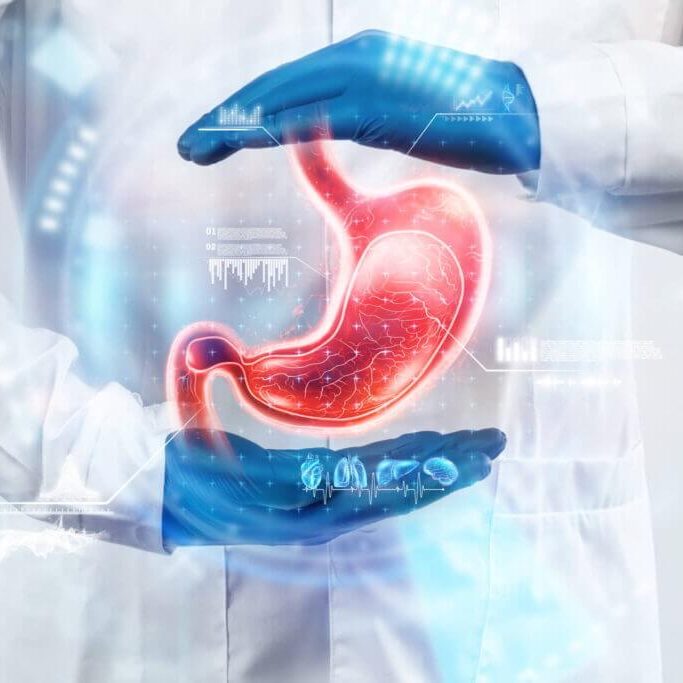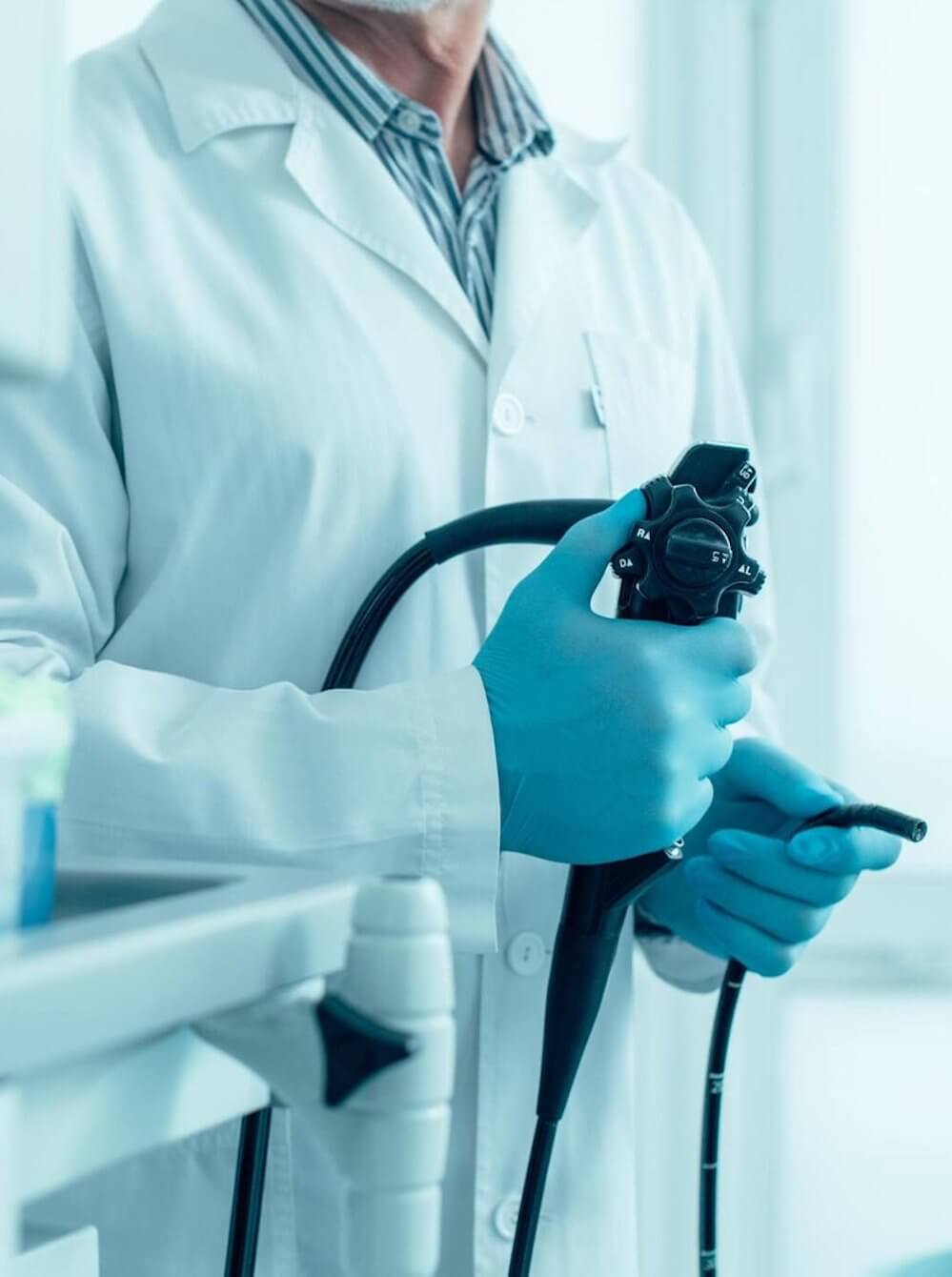
Gastroscopy
Learn more about what is involved with a GastroscopyA gastroscopy is a straightforward examination where a small, flexible camera (endoscope) is used to look inside your upper digestive system. It helps identify the causes of symptoms such as heartburn, stomach pain, and trouble swallowing and can also treat minor issues directly with little to no discomfort.
Preparation for Gastroscopy:
For the best results, your stomach needs to be empty, so avoid eating or drinking, including water, for at least six hours before your gastroscopy. Your doctor will provide specific instructions based on the timing of your procedure. Make sure to discuss any medications you’re taking, as adjustments may be needed. Also, inform your doctor about any allergies or existing health conditions.

![]()
Procedure Details:
The gastroscopy is a quick process, typically lasting 15 to 30 minutes. You’ll receive a mild sedative to help you relax during the examination. The camera used is thin and flexible, ensuring that you remain comfortable throughout.
![]()
Post-Procedure Care:
After the gastroscopy, you’ll rest briefly in the recovery area while the sedative wears off. It’s normal to experience minor throat soreness or a slight bloating sensation afterward, but these should subside quickly. You can generally eat and drink as normal after the procedure unless your doctor advises otherwise. Avoid driving and operating machinery for the rest of the day, and plan to have someone with you to help you get home safely.
![]()
After Discharge:
Recovery is usually swift, with most people feeling normal by the next day. Be sure to follow any specific instructions your doctor gives you. If you experience any significant discomfort or unusual symptoms post-procedure, contact your healthcare provider or seek immediate medical attention.
Please Note: This content is for informational purposes only and is not intended as medical advice.
For specific guidance, please consult your healthcare provider.
